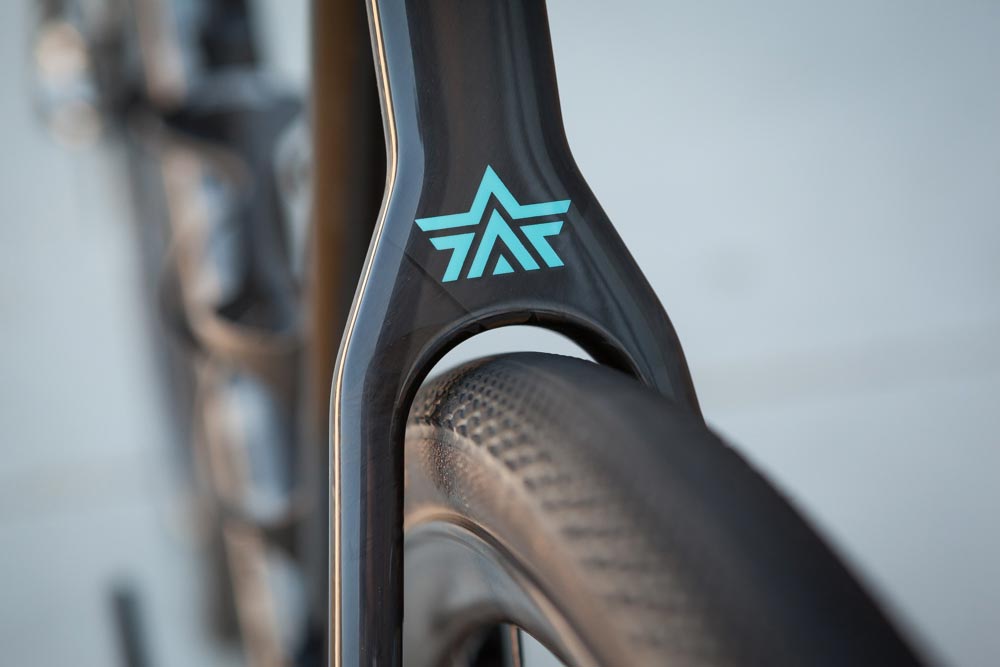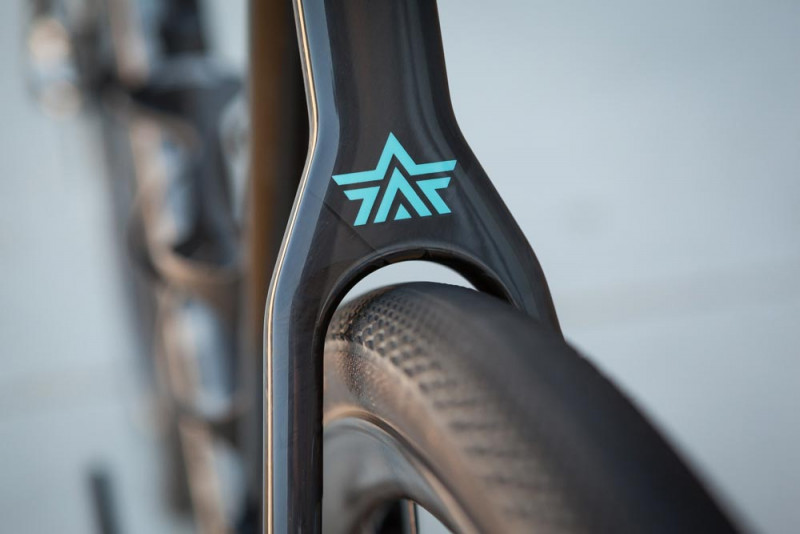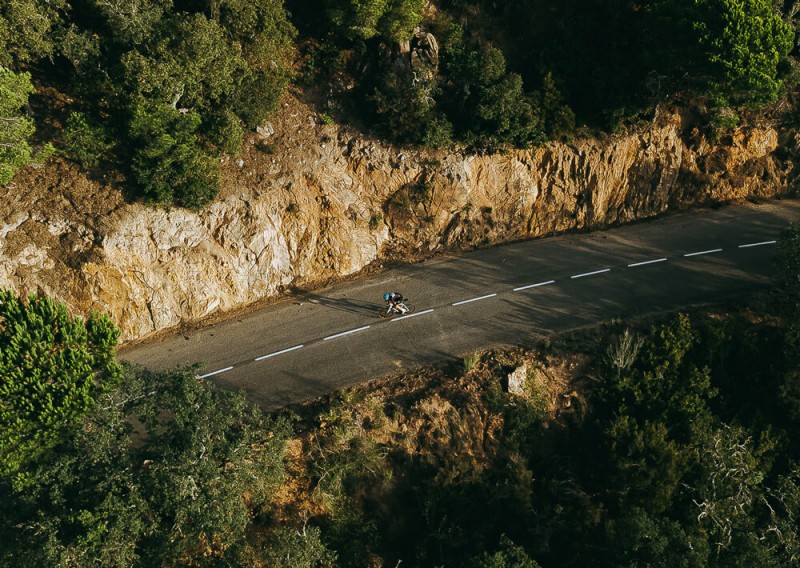The term “quiver killer” is thrown around a lot these days, and refers to a bike that can serve the purposes of a cyclocross, gravel, or road bike all in one. Our own GR2 was meant to be this to some extent. The idea of having one bike to ride any surface other than technical MTB single track is certainly appealing.
If a bike can do multiple things relatively well, it can’t really excel at one specific thing – Jack of all trades master of none. When it came to designing the RM3 I wanted it to be first and foremost a go-fast road bike. I did a deep dive into road geometry a few weeks ago, but in short a quick handling road bike has a short rear center and trail between 55mm and 61mm. Frame stiffness, fork layup, and overall weight are also key.
Tire sizes on road bikes started to creep up with the introduction of HED’s revolutionary C2 rim profile around 2008, and now my ENVE SES 3.2AR rims measure a whopping 32mm wide (external) all while managing to be lighter, stiffer, and more supple feeling than the 19mm wide rims I grew up riding. That means a 28c tire measures 31-32mm, creating loads of tire volume without the weight penalty of a bigger tire – best of both worlds.
Riding in the Pacific Northwest means two things: winter roads littered gravel and road debris and the invariable addition of a gravel segment to any or all rides. I started riding a 25c tire on then EDGE 45’s in 2010, and 28’s during the winter and on gravel rides. With the introduction of disc brakes on road bikes the tire door is wide open. Now I ride a 28c pretty much all the time, and a 35c tire on gravel.
To create more tire clearance on the RM3 without compromising the frame’s geometry our designer/engineer, Steve Domahidy, had to pull some magic tricks. A tire bigger than 28c creates clearance issues at the seat tube and chainstays. The easy solution here is to simply lengthen the chainstays, but doing so negatively effects acceleration and frame response. It’s subtle and difficult to discern at first glance, but the seat tube on the RM3 is actually not in-line with he center of the bottom bracket. Slightly canting the seat tube forward gives the rear tire more room without shortening the chainstays. The seat tube angle is based on a point 15cm above the intersection of the seat tube centerline and effective top tube.
Wider tires also limit chainstay width at the chainrings making it difficult to make the chainstays sufficiently stiff. To help here we actually made the chainstays a more cohesive yoke style assembly with an asymmetric, wider non-drive side stay. There is a lot going on in the design of the back half of the RM3. Solving clearance issues at the fork is much easier without the limiting factors of the seat tube and chainrings.
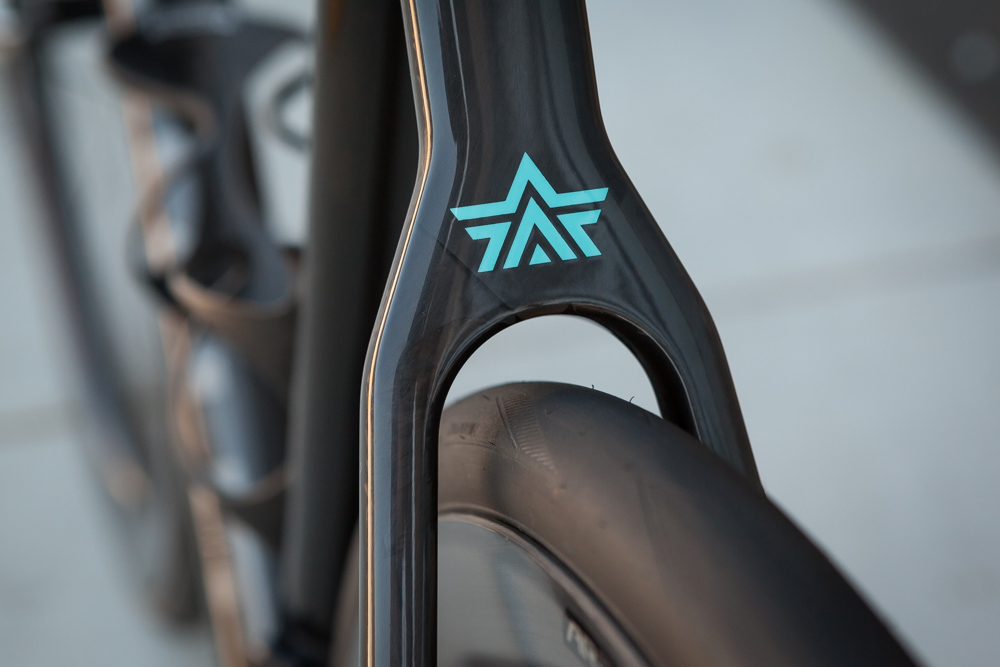
28c Tire
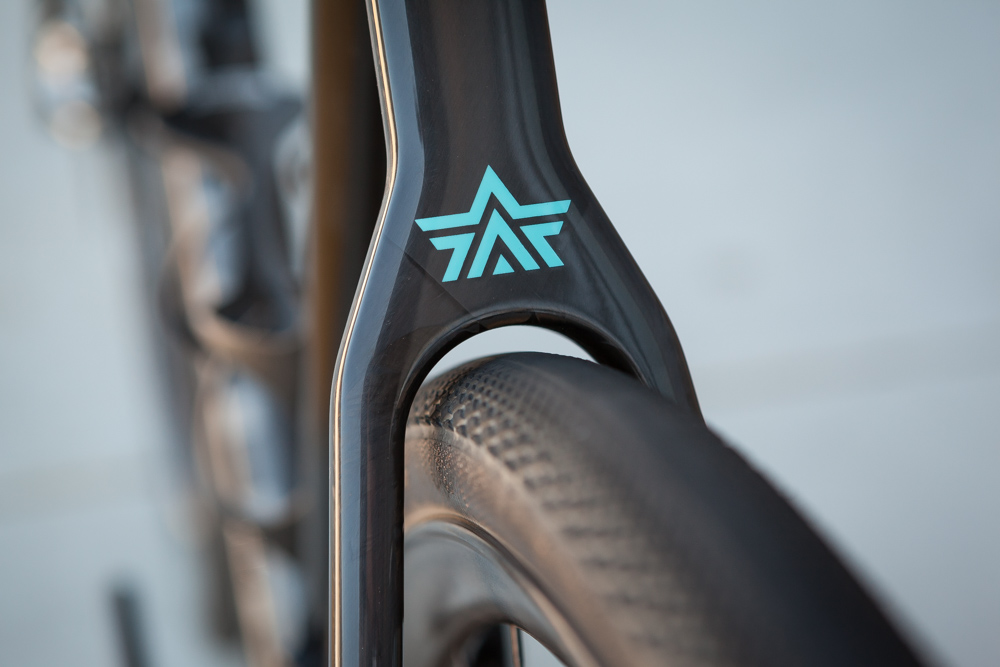
35c Tire
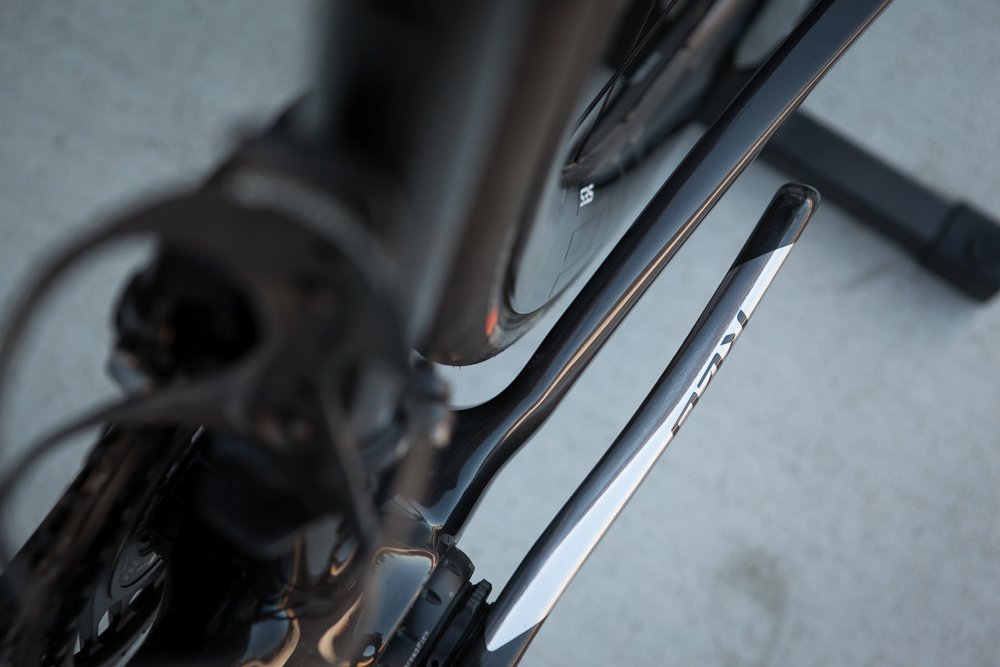
28c Tire
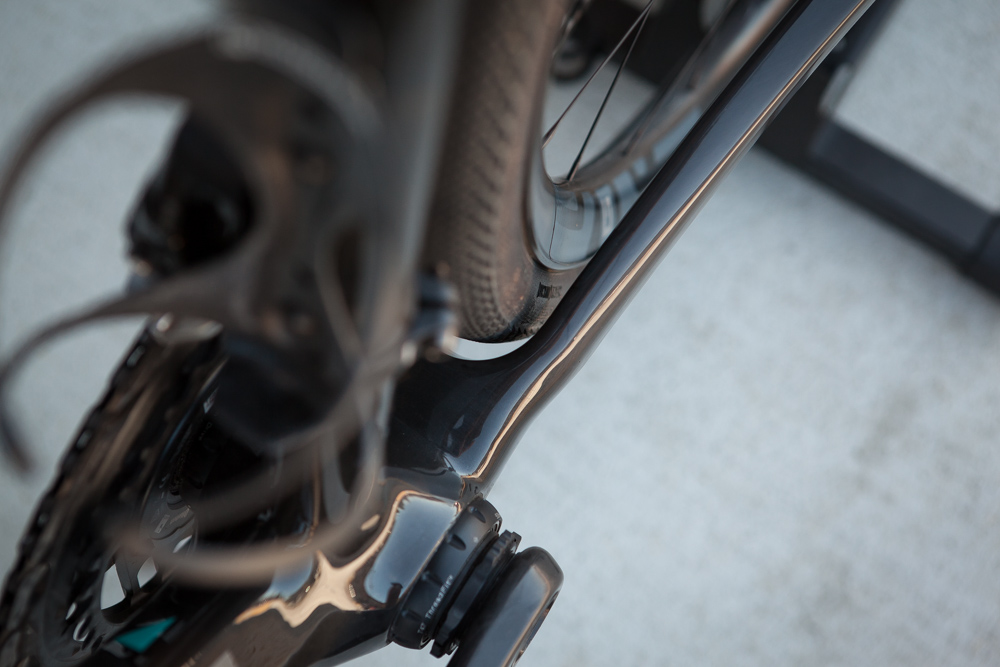
35c Tire
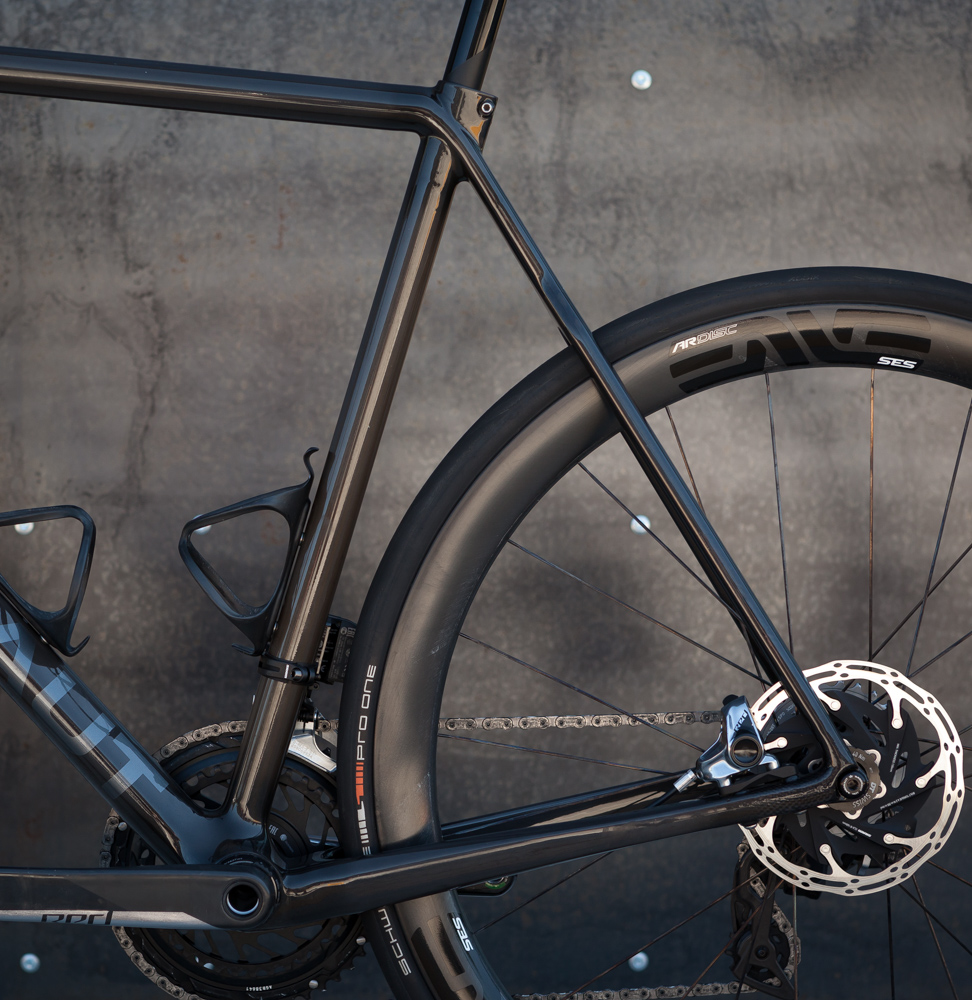
28c Tire
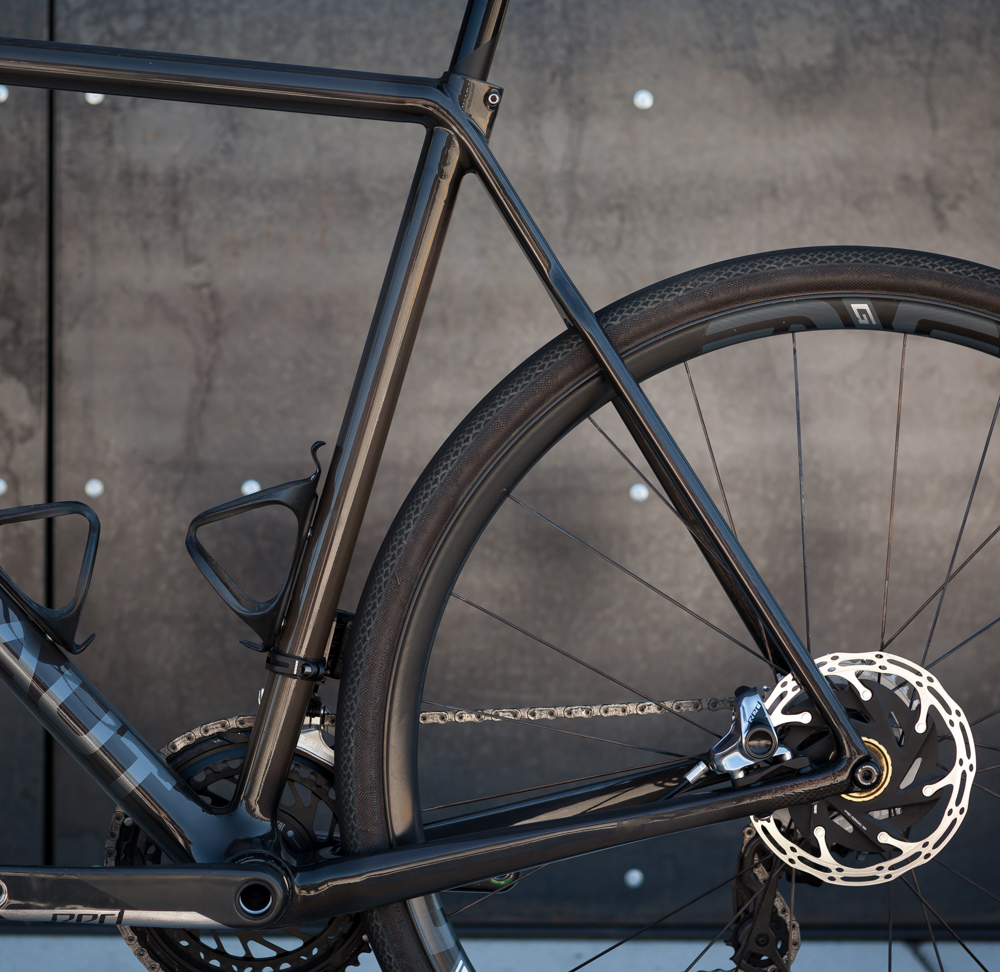
35c Tire
The RM3 is not a gravel, allroad, groad, or any kind of Swiss Army knife sort of bike. It’s a road bike. But just because it’s meant to go fast, doesn’t mean it shouldn’t have ample tire clearance to take advantage off all that new wonderful wheel and tire technology. The Tesla Model S isn’t a great electric car, it’s a great car period. Beating many supercars off the line with comfortable seating for four and plenty of cargo space, it’s simply a kickass automobile. But, it’s not an SUV or crossover, or any other made-up marketing classification.
The RM3 is simply a great road bike… with clearance for 35c tires.
Thanks for reading.

